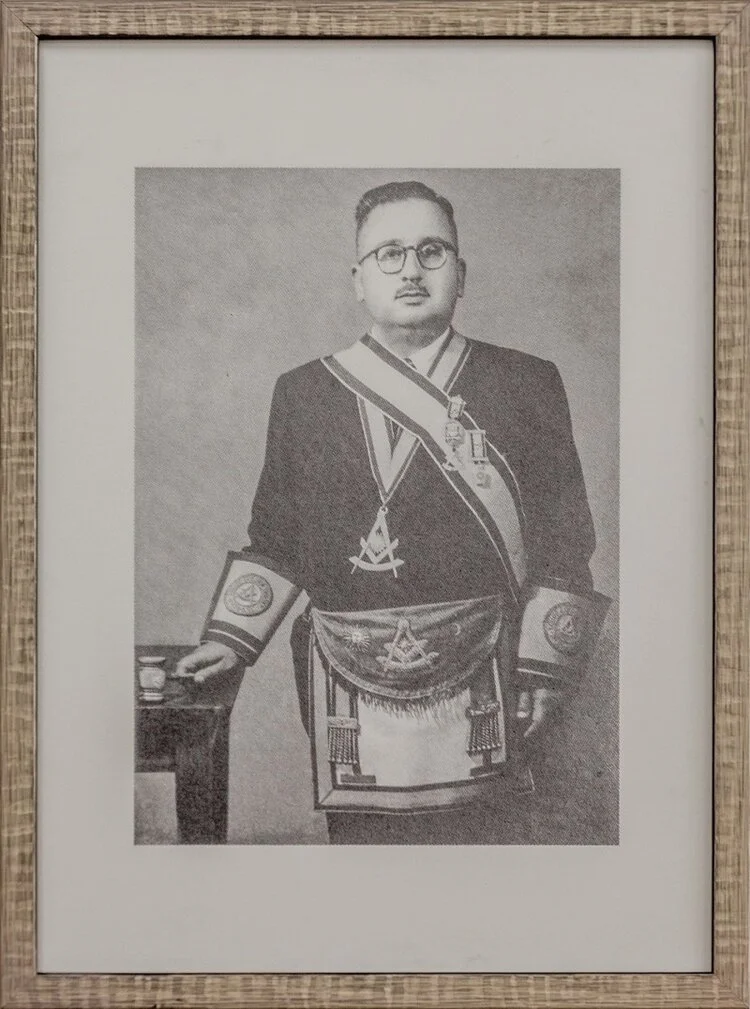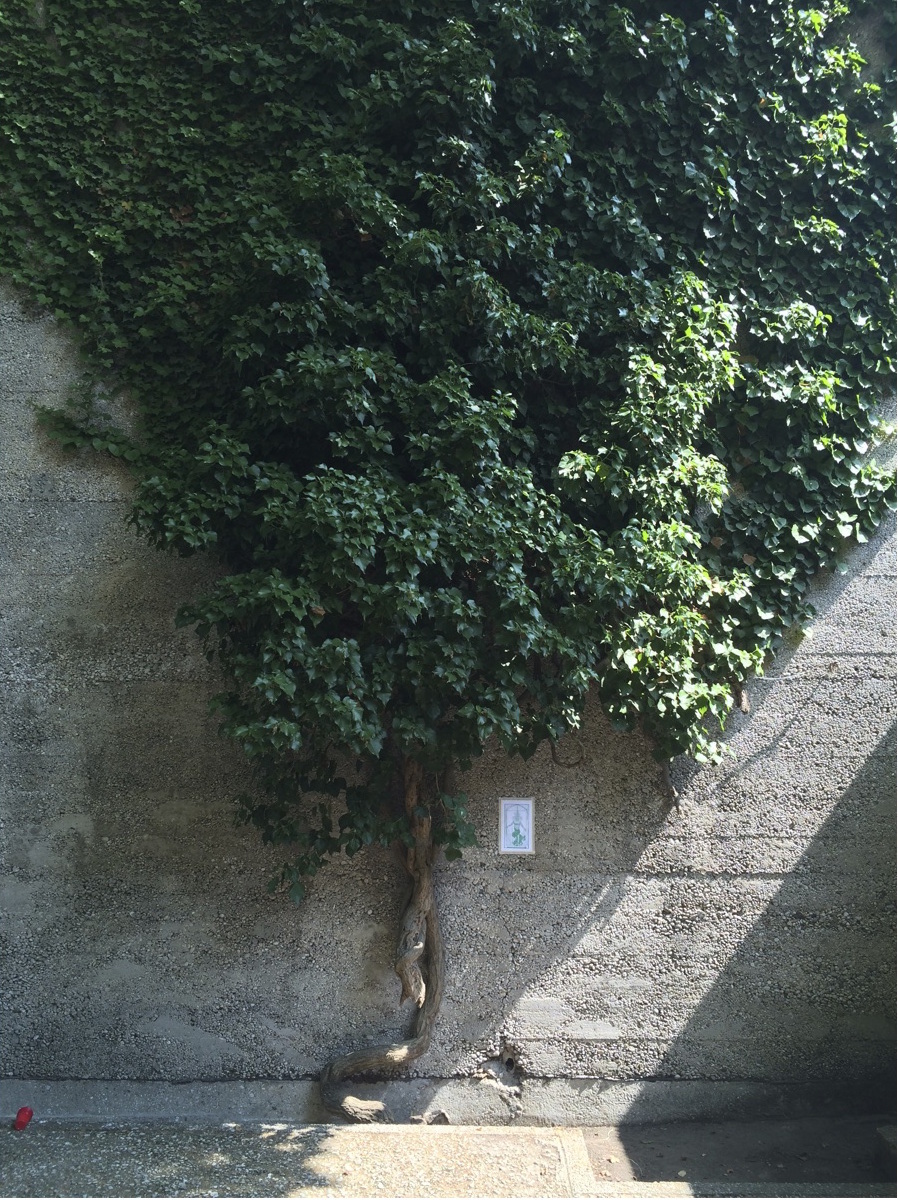The talk
At Hours Beirut, I explored global perspectives on personal hygiene, in a session on maintaining the self.
Main themes
How does the Indian government keep people from urinating in public? Why do Muslims have a shattaf culture (and Christians mostly shun it)? Why are dictators so private about their poop? Do fecal transplants work? Is your poop green?
The conference
Hours Beirut 2019 was an intimate three-day conference exploring how maintenance and the act of maintaining can be understood in the context of innovation and creativity.
The talk
My talk was part of the main conference in a session titled “Weak Signals” and futher nuanced my research by focusing on the role of sex work in the advancement of the toilet.
Main themes
How are sex work and toilet innovation linked worldwide? What can we understand from the toilet gods in multiple cultures? What is the future of the toilet? How is Germany’s toilet culture linked to its economy?
The conference
Over the course of four days and three nights in 2020, the House of Beautiful Business connected thousands of people around the world. They used video, audio, and text, and met in both the virtual world and the real one at more than 30 local hubs and through outdoor activities amidst the covid pandemic to present The Great Wave.
The House of Beautiful Business is a membership-based global think tank and community. Through online programming, gatherings, media, and partnerships, we bring together business and nonprofit leaders, technologists, scientists, philosophers, and artists who share a common quest: to shape a more beautiful vision for the future of business, technology, and humanity, built on emotions, ethics, and aesthetics instead of efficiency, extraction, and exponentialism.






